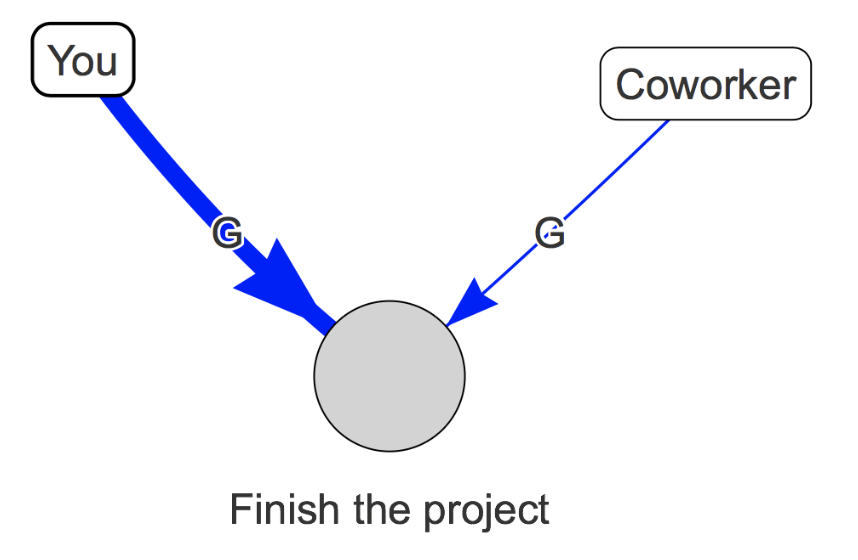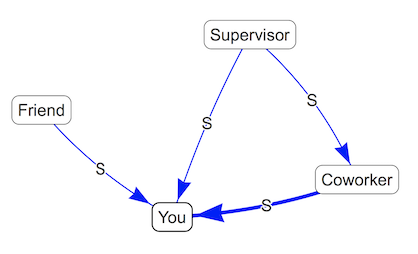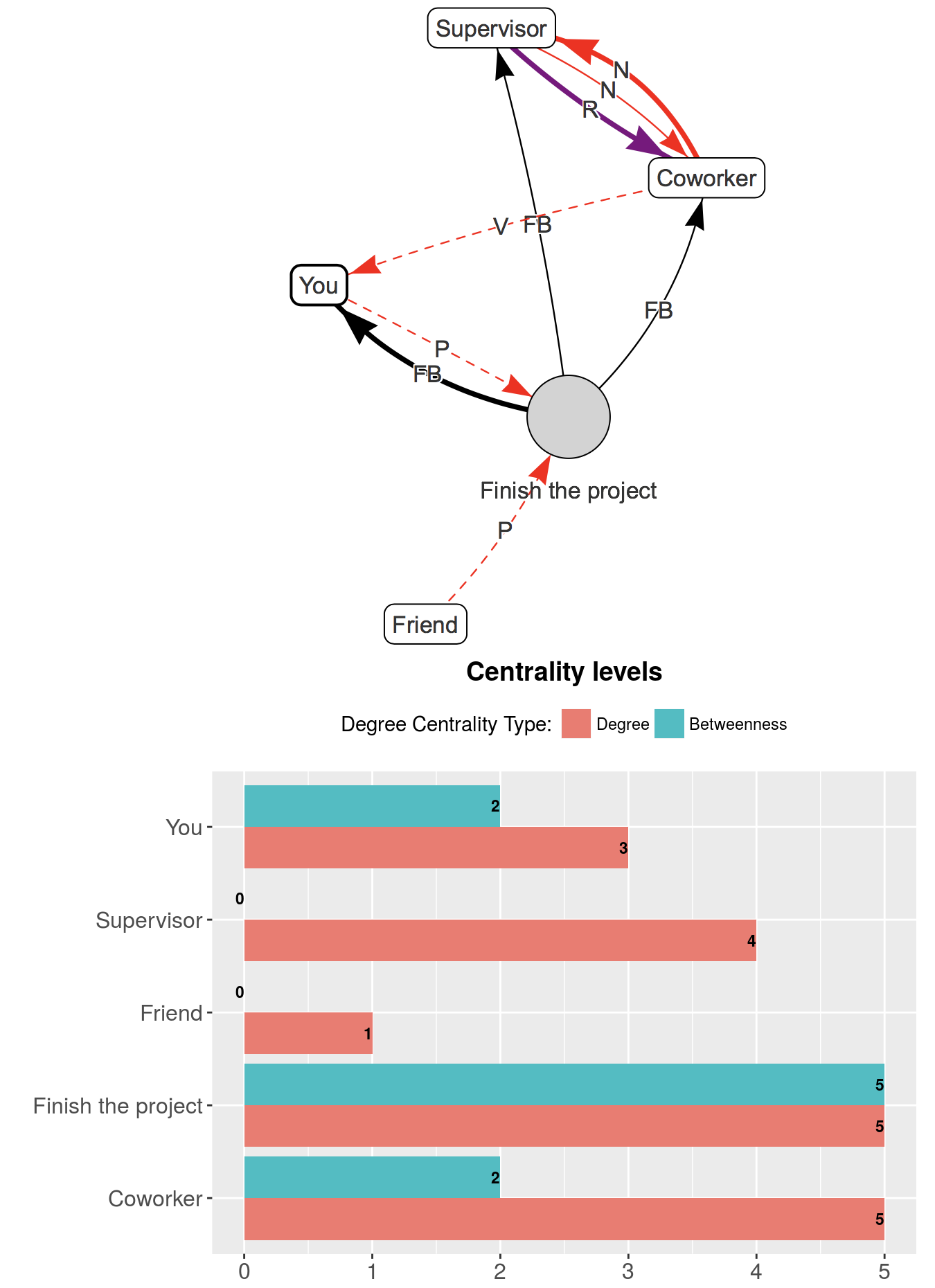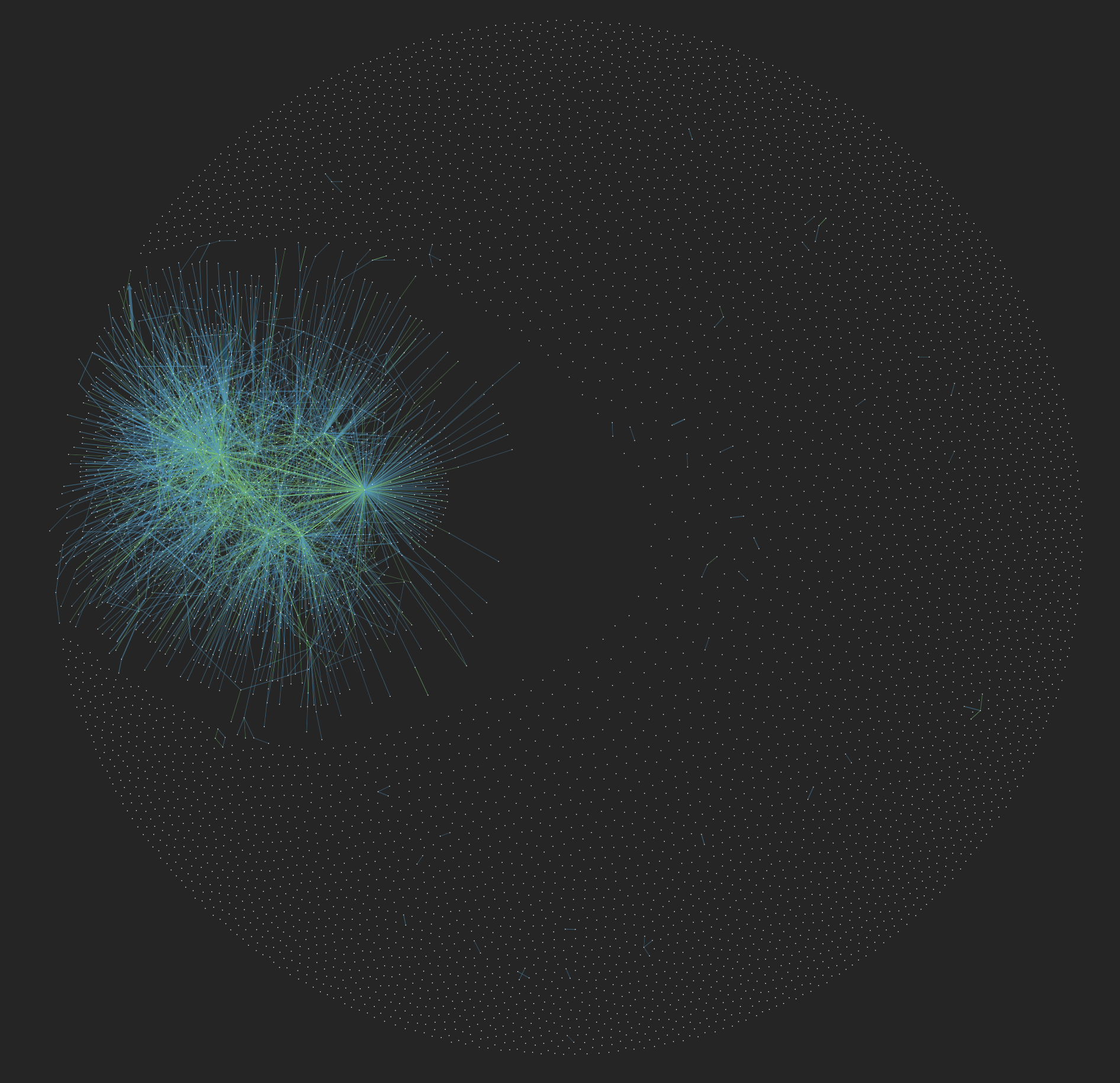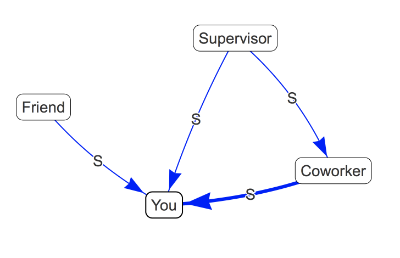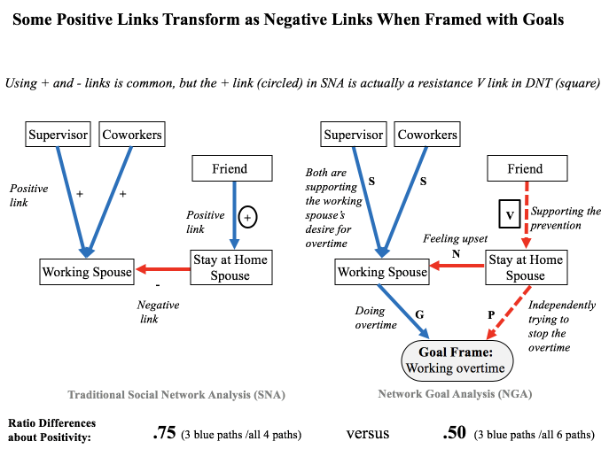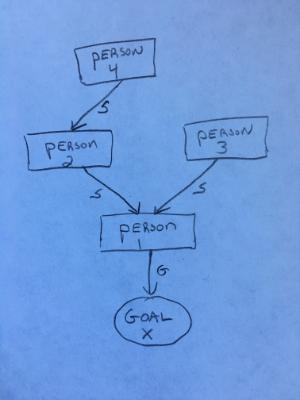Visualization
Dynamic network charts (Westaby, 2012), which we also now refer to as "network goal graphs" (Westaby & Shon, 2017) or "network goal analysis" (Westaby & Parr, 2020), are used to visualize how social networks influence goal pursuits. We use this terminology to help distinguish the approach from traditional sociograms/social network analysis (SNA), which does not incorporate goal nodes within network structures. In the traditional approach, the social structure itself has been the focus, which is understandable, justified, and incredibly important in many systems as discussed in Westaby et al. (2014). However, by inserting goal nodes into network goal analysis, a helpful new way to understand complex human behavior can be attained, since goals, wishes, and desires drive much human action as well as the formation of social structures to help (or hinder) that action. It's presumed to be the heart of human behavior.
Using goal nodes in network goal analysis is also helpful because it shows how the network is influencing the goal independently (e.g., individual striving) or inter-dependently (e.g., a person distally helping someone else's goal pursuit). To see how this differs from traditional social network analysis and organizational charts, click here.
There are various ways to create and visualize these network goal systems, such as through computer visualization, our main focus, and manual approaches, which are useful to quickly portray human dynamics of myriad types.
Network Goal Analysis
Implications in this simple example
- As one can see from the statistics, the goal is very central to this system along with some entities playing a more central social network role to the goal than others. This means that the goal (and its information about the task) is connecting people in the system through those trying to achieve it independently (G) or getting feedback from the processes associated with it (FB).
- Without a network goal analysis, these insights about complex systems would be more easily hidden. A DNT perspective makes this examination very explicit and allows us to visualize the system at multiple levels and different motivational angles.
Visualizing Massive Online Behavior (Westaby, 2020)
Copyright James D. Westaby (C). All rights reserved.
Comparing Approaches
Computerized Tools
Using R statistical programming, researchers using our tools/method can take survey results and automatically transform them into striking network goal analysis (also previously known as dynamic network charts) - visualizations of the dynamic network. This allows researchers to more deeply understand system dynamics as well as start planning positive change in applied studies.
The computerized reports allow participants to visually zoom in on key relations impacting their pursuits or lives, ranging from supportive and loving ones to those generating conflict and despair. These visualizations allow researchers to bridge the gap between complexity and parsimony, something that social, organizational, and international scholars have struggled with in the past.
We believe that parsimonious explanations, grounded in dynamic network theory, underlie many of the complexities we see in everyday life at individual, group, organizational and even international levels. Practically, our computer visualizations give survey participants or research partners unique insight into improving goal achievement, performance, climates, and system well-being. Researchers can click here to see the methods and statistical tools used in the Lab.
